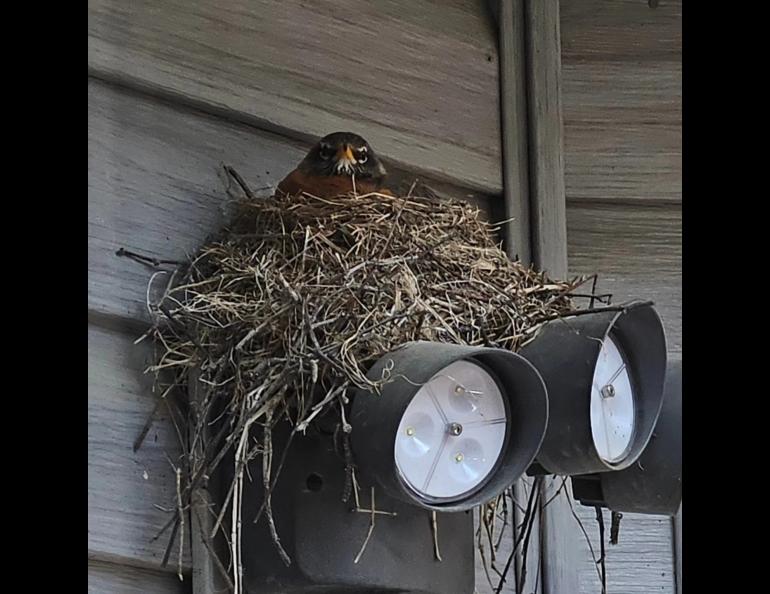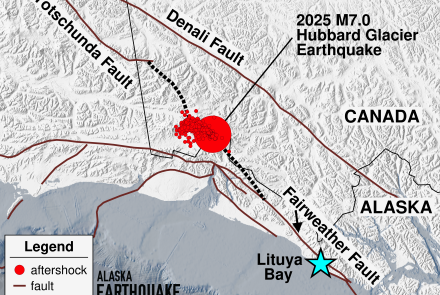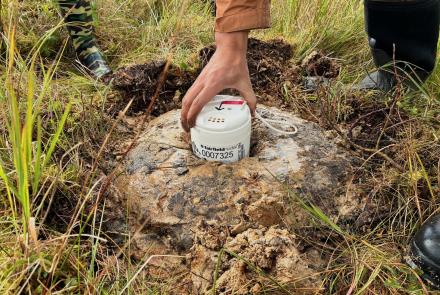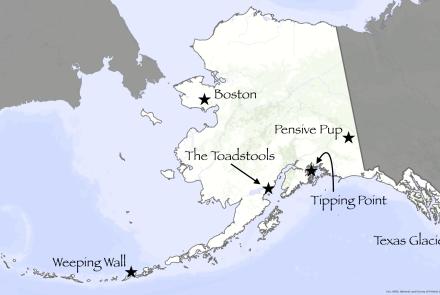
The American robin returns on time
American robins have returned to northern Alaska.
A male is now perched above me in a balsam poplar tree on this bench of well-drained land upon which sits the University of Alaska Fairbanks campus. The robin sings his complex, familiar song just hours after his return from somewhere farther south.
The sound waves from that melodic song — composed and perfected over the millennia — are now bathing everyone who steps outside in North America.
I would argue that most people — from the kid walking the sidewalk in the Bronx to the man rolling down his car window to expel heat in Los Angeles — could identify whose song it is. Is the robin the most conspicuous wild animal on the continent?
Every year, its evocative song transports me to a Little League field in Hudson Falls, New York, where I stood in an itchy uniform. Here in Alaska, this bird belts it out over the whir of a streetsweeper that emits the sour smell of burned diesel fuel.
Because the American robin is ubiquitous, maybe it doesn’t get the tip of the cap it deserves. Biologists at the Cornell Lab of Ornithology estimate the robin’s population at 370 million birds. Compare that to the 340 million American humans counted in the 2019 census.
Populations of the American robin, which ranges all over the continent down into Mexico, increased by about 0.13% per year from 1966 to 2019. That’s according to scientists who participated in the North American Breeding Bird Survey.
Why has the American robin increased in population while most other songbirds have declined in great numbers?
One reason might be the robin’s tolerance of our species, as exhibited by the female’s willingness to build nests upon our structures. A ruby-crowned kinglet and most other visiting songbirds would never choose a woodshed, so close to our noise and movement.
Another possible reason for the robin’s success: Our centuries-long practice of clearing North America’s forest and transforming much of it into farms and lawns. Those changes have created habitat for earthworms, a favorite food of the robin.
Earthworms exist in Alaska, but they are not a staple of the robin. There just aren’t enough of them. Instead, like dozens of other bird species, robins here feast on the bounty of Alaska insects, as well as sometimes the fruits of human-planted trees.
Though robins are easy to find in Alaska’s urban areas and its few hundred villages, you will also hear them very far from settlements. I experienced that 10 years ago, when a meteorite hunter, his guide (and my soon-to-be friend) and I helicoptered to the farthest north sticks of the boreal forest, on the upper Chandalar River.
We did not find a meteorite, but we did find a dozen robin’s nests at eye level, in spruce trees not much taller than we were. That bird nursery remains untouched. Similar sprawling spaces are Alaska’s primary draw for migratory birds.
Many robins don’t leave Alaska at all, spending the winter in Anchorage, the Kenai Peninsula, Kodiak Island, Valdez, Cordova and the southern coast, including all of Southeast Alaska. But most of the millions of robins now scratching the grounds of northern Alaska and the provinces of Canada are recent arrivals.
Those birds have flown thousands of miles through frequent hazards to enliven our soundscape and, once again, begin their frenetic season of creating more robins for all of North America.





